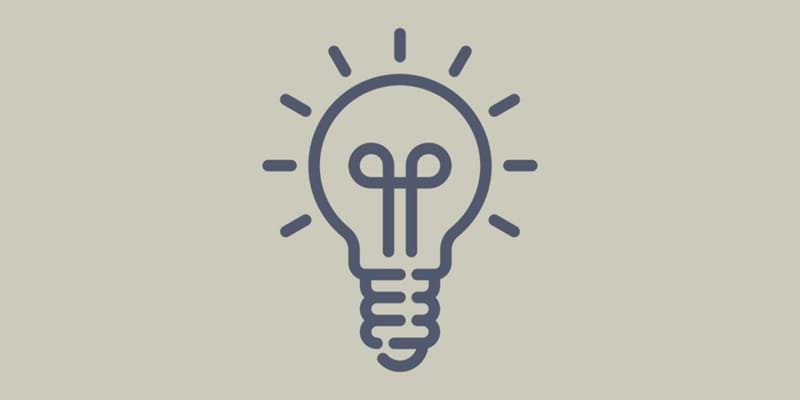
Artificial Light Makes Us Sick
Humans sleep over 1/3 of their lives. Research suggests that poor sleep quality can have serious consequences. This applies to individuals, as well as to the society as a whole.
11. August 2015
By: Occupational Therapist, Pia Beck
Cavemen slept well
Thousands of years ago humans lived in caves. Sunlight determined the amount of activity. As soon as darkness fell, humans went back to their caves and grottos and remained there until the first rays of sunshine fell on the cave’s or grotto’s entrance.
This meant that the circadian rhythm was broadly the same. The basis for a good sleep was present. Sunset made the body ready to rest, while the cold caves permitted a natural drop in the body’s temperature. No artificial, disruptive elements interfered with the biological clock.
The light bulb – a brilliant invention or an enemy
However, after the invention of electric light, the humans’ circadian rhythm started to be perturbed. During the 1800s, light bulbs took over the former primitive light sources, such as tallow candles, kerosene lamps, candles and open fires. his meant that humans had now access to artificial light around the clock. Night hours, that were previously reserved to rest and sleep, could now be used productively.
The eyes and the brain are tricked
Light bulbs took over the previous light sources for many reasons, such as smell and soot annoyance. However, the disadvantage of using light bulbs was the high energy consumption. This led to the development of the current LED-lights and energy saving light bulbs.
The problem is that these light sources have even greater implications for humans’ sleep. LED- lights and the light of the energy saving light bulbs, as opposed to the traditional filament light bulbs, do not light evenly across the color spectrum. Their light is very intense in the green and blue colors, and researchers point out that especially the new LED-lights and energy saving light bulbs perturb the good night sleep.
The green and blue tones are colors to which the eye’s ganglion cells are especially sensitive. The circadian rhythm is controlled by the ganglion cells in the retina. They detect light and send signals to the brain, which inhibits sleep-promoting neurons and activates nerve cells that help us to be awake.
On a wider perspective, this means that when people sit in front of LED-TVs, smartphones or computer screens during the evening, the body is flooded by light that signals to the brain that it is time to wake up.
You might also like: Positioning and respiration
Create the premises for good quality sleep
The fact that light affects the body has been known for a long time. The fact that LED-light and the light of energy saving light bulbs does indeed negatively influence sleep, is less common. This should be a priority in the work with bedridden people. People who can’t choose on their own if there should be light or dark where they sleep, have the right to be taken care of by people who can create the premises for good quality sleep.
